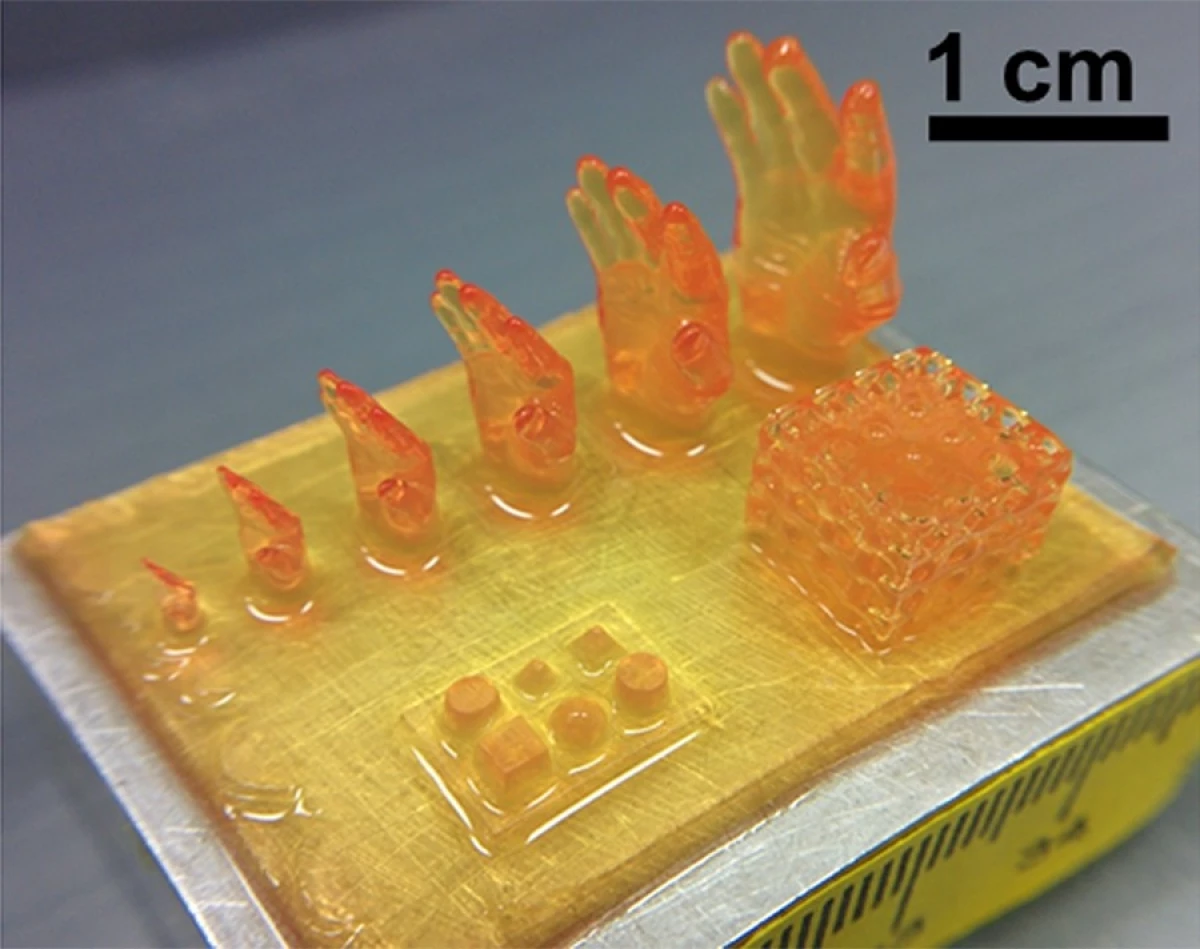Scientists University Buffalo in New York developed a new technique that allows them to use 3D printing to quickly create hydrogel materials containing viable cells. Researchers hope that their method can be used in the future for 3D printing of human organs.
Information about this development was published in the Advanced Healthcare Materials magazine.
Existing restrictions, including slow three-dimensional printing, lead to the low viability of such printed "structures". A new technology, called fast hydrogel stereolithography (Fast Hydrogel Stereolithography Printing, Float), significantly reduces the load on encapsulated cells, which the environment has enabled, which is typically for other methods of 3D printing.
3D printing provides huge prospects for creating materials that can compensate for the shortage of donor organs, and researchers hope that someday they can simply printe a whole body. This concept usually implies a printing of a biocompatible hydrogel matrix that contains live cells.

However, the printing process can have an adverse effect on encapsulated cells, and long printing time only complicates the situation. Thanks to the possibility of fast printing of the hydrogel matrix, the new technology helps live cells to survive in the printing process. The technology operating 10-50 times the faster of the industrial standard allows you to create large samples, which used to be very difficult to achieve.
Thanks to the hard control of the conditions of photopolymerization, the technology can be made of hydrogel matrices of centimeter sizes in minutes. The team also successfully tested the ability to print cells and built-in circulating networks of blood vessels, which will be crucial for the proper functioning of organs made by the 3D printing method. The network of artificial blood vessels in hydrogel structures allow the nutrient solution to penetrate the log in the matrix, which is a decisive factor in obtaining viable printed organs.
